Hi all,
inspired by Liams post and the discussion about Coronella awakening, I was checking the Cornonella population half an hour ago. 12 days ago it has not been active. Today, the conditions were excellent, very cloudy and 15 degrees. I found 3 individuals only controlling 500 meters of a dry stone wall, and it was nice to see that all individuals were recaptures from 2011 and 2012. However bot adults were males and one juvenile, but the females should appear the next days.
Greetings, Ulli
England Awakens
31 posts
• Page 2 of 4 • 1, 2, 3, 4
- Ulrich Schulte
- Posts: 59
- Joined: Fri Jan 07, 2011 11:28 am
- Hometown: Trier
- country: Germany
Re: England Awakens
forgot the upload
- Ulrich Schulte
- Posts: 59
- Joined: Fri Jan 07, 2011 11:28 am
- Hometown: Trier
- country: Germany
Re: England Awakens
@all UK guys: are all your agilis so heavily black & white contrasted? Here are my first pictures from this year: look at these pale guys!
As a reply to Ulrich and for my honor I added my first Coronella in 2013...
As a reply to Ulrich and for my honor I added my first Coronella in 2013...
- Peter Oefinger
- Posts: 970
- Joined: Sun Jun 21, 2009 11:28 am
- Hometown: Duesseldorf
- country: Germany
Re: England Awakens
Peter Oefinger wrote:@all UK guys: are all your agilis so heavily black & white contrasted?
Peter, I cant speak for everyone else, but IMHO, this picture I took in Dorset seems the typical colour form of the agilis I have seen down south.. I cannot speak for northern populations.. I try not to venture up there,Its cold and you cant get decent coffee...
Cheers Paul
-

Paul Lambourne - Posts: 590
- Joined: Thu Jan 13, 2011 8:47 pm
- Hometown: London
- country: England
Re: England Awakens
Nice additions, Peter & Ulrich!
Interesting about those agilis... I would even dare to put forward that those I've seen in Belgium and Netherlands tend to be somewhat in between, but others will now prove me wrong, I guess
Interesting about those agilis... I would even dare to put forward that those I've seen in Belgium and Netherlands tend to be somewhat in between, but others will now prove me wrong, I guess
- Jeroen Speybroeck
- Site Admin
- Posts: 3161
- Joined: Wed Nov 18, 2009 10:18 am
- Hometown: Merelbeke
- country: Belgium
Re: England Awakens
Nice pictures.
-

Matthijs Hollanders - Posts: 221
- Joined: Tue Sep 04, 2012 5:01 pm
- Hometown: Wageningen
- country: Nederland
Re: England Awakens
Paul Lambourne wrote: this picture I took in Dorset seems the typical colour form of the agilis I have seen down south
Hmpf, why do the UK guys look better than the Germans...
I wonder if it is some kind of habitat adaption. Is the lizard on your picture from a limestone area or an acidic moor or heathland?
- Peter Oefinger
- Posts: 970
- Joined: Sun Jun 21, 2009 11:28 am
- Hometown: Duesseldorf
- country: Germany
Re: England Awakens
Peter Oefinger wrote:@all UK guys: are all your agilis so heavily black & white contrasted?
Yes in the south (heathland habitat only) they are mostly like this, but in the north (sand dune habitat) they are quite different.
These are southern heathland animals from Dorset and Surrey.



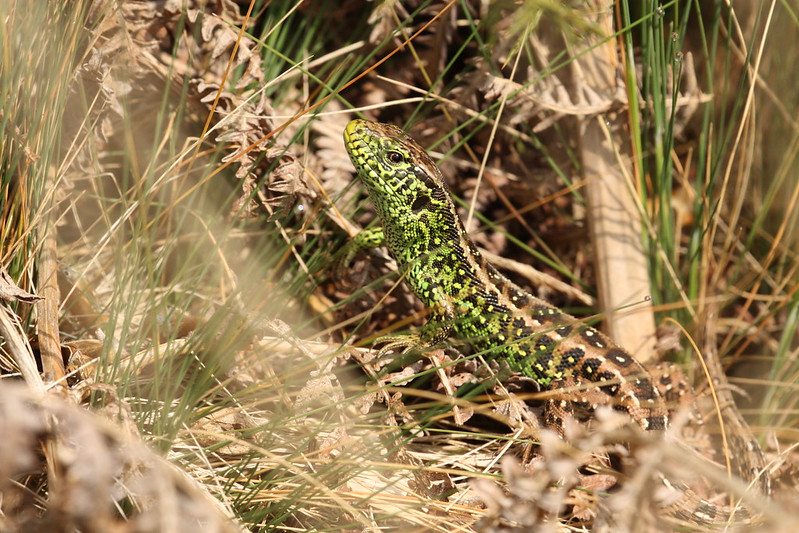
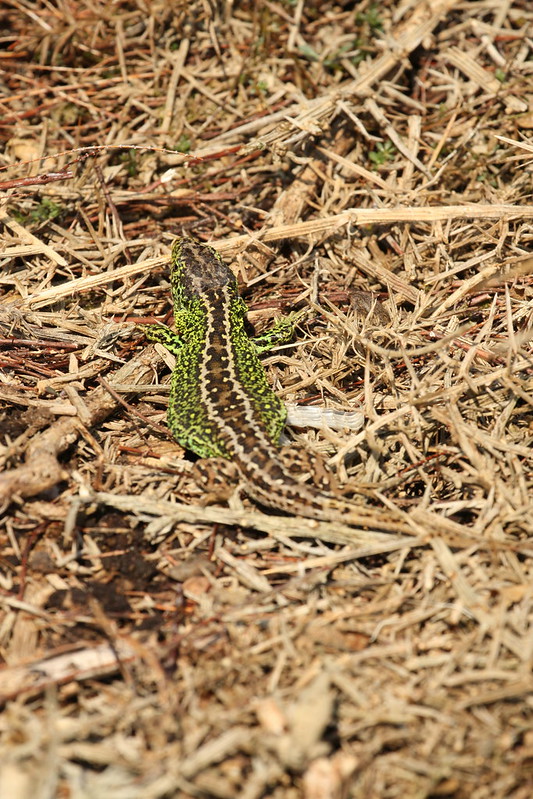

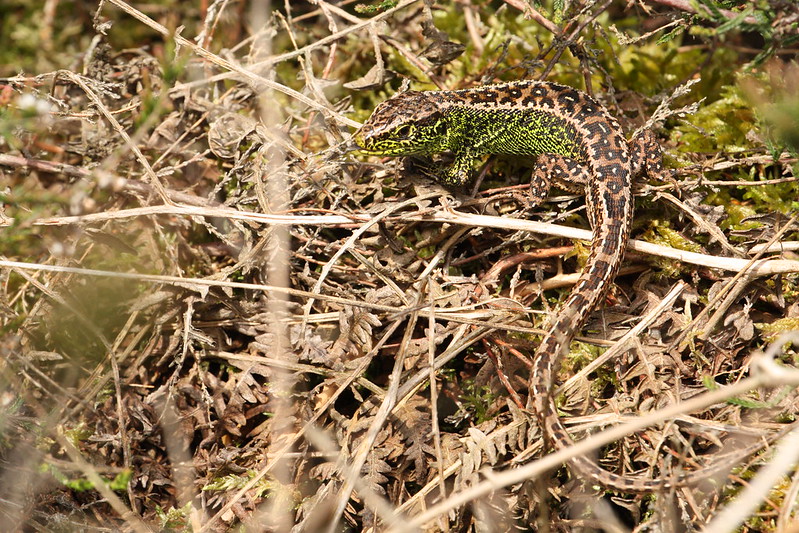

These are northern males (I don't have good pictures of northern animals I'm afraid - a project for this year).
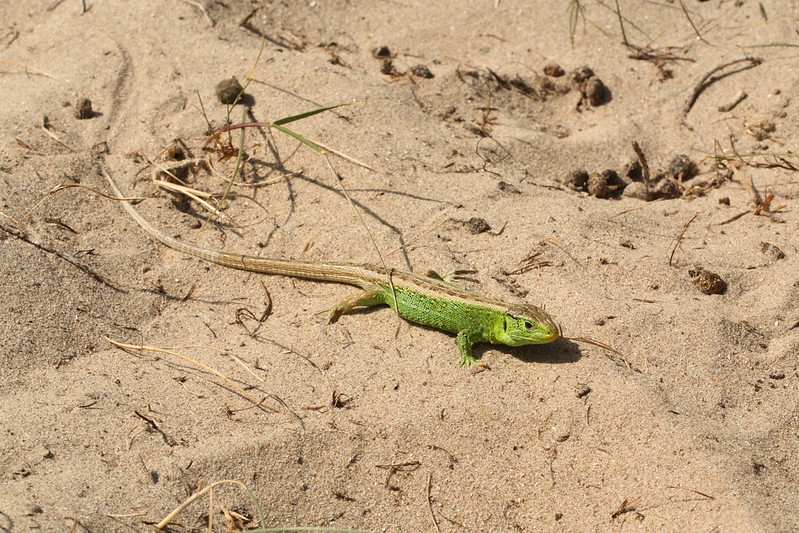
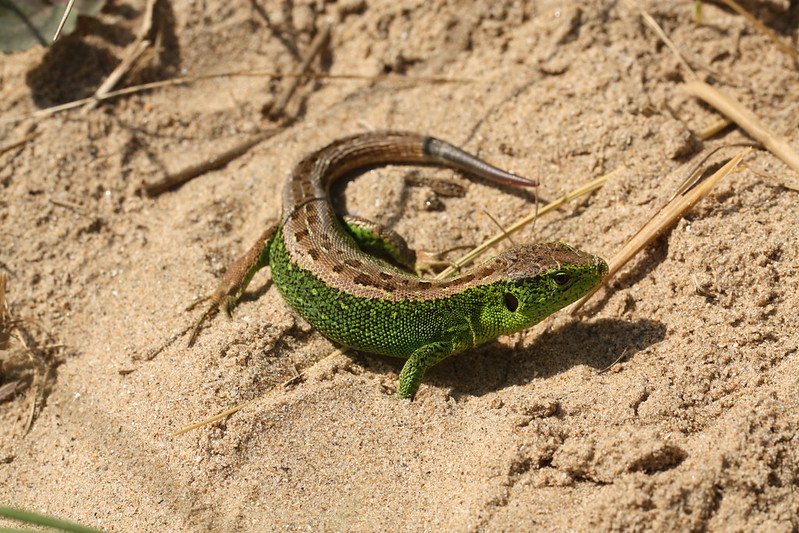
Jeroen Speybroeck wrote: I would even dare to put forward that those I've seen in Belgium and Netherlands tend to be somewhat in between, but others will now prove me wrong, I guess
Interesting that you mention this... In my recent studies I looked at the differences between colour and pattern of the norther and southern UK populations and a dutch population (closer to the ancestral UK population). This is a PCA of colour (red/green/blue component of flank colour) and a number of pattern characteristics. Black squares are northern UK, black diamonds are from the Netherlands and the open shapes are two southern UK populations. As you can see, Netherlands is somewhere in between northern UK and southern UK.
Not sure why the northern UK are so different, maybe it's down to habitat but it is worth noting that they have low variability and a very low effective population size and therefore are more susceptible to genetic drift. Interestingly, although they look to be different colour, the green component of the RGB was not significantly different across all site whereas red and blue were. Green at a specific wavelength is very important for sexual signalling in sand lizards so whereas other colours can change for camouflage or due to genetic drift, green is selected for and stays the same.
-

Liam Russell - Posts: 173
- Joined: Wed Jun 10, 2009 1:12 am
- Hometown: Frome
- country: England
Re: England Awakens
Interesting: if the southern UK lizards show heavy dark markings but the northern UK lizards do not, it shouldn’t be a matter of thermoregulation. Hence there remains the camouflage or genetic drift hypothesis. For me it seems to be a camouflage thing: specimen in crytaline rock & heather environments seem to show contrasting patterns, in limestone & grassy environments they don’t – note that this appeals also for other specimen, e.g. Zootoca.
- Peter Oefinger
- Posts: 970
- Joined: Sun Jun 21, 2009 11:28 am
- Hometown: Duesseldorf
- country: Germany
Re: England Awakens
Peter Oefinger wrote:Interesting: if the southern UK lizards show heavy dark markings but the northern UK lizards do not, it shouldn’t be a matter of thermoregulation. Hence there remains the camouflage or genetic drift hypothesis. For me it seems to be a camouflage thing: specimen in crytaline rock & heather environments seem to show contrasting patterns, in limestone & grassy environments they don’t – note that this appeals also for other specimen, e.g. Zootoca.
I'd be tempted to agree with you on that Peter. The northern UK sand lizards live in sand dunes - broad pale stripes (perhaps looking like marram grass?) and a generally more pale ground colour would seem to provide better camouflage than the heavy, dark stippling and larger blotches seen on the back and flanks of the southern races (more like the shadows cast by e.g. heather, or the heather itself?).
Just my 2p.
- Daniel Kane
- Posts: 363
- Joined: Tue Jun 16, 2009 7:35 pm
- Location: London
- Hometown: London
- country: England
31 posts
• Page 2 of 4 • 1, 2, 3, 4
Who is online
Users browsing this forum: No registered users and 10 guests